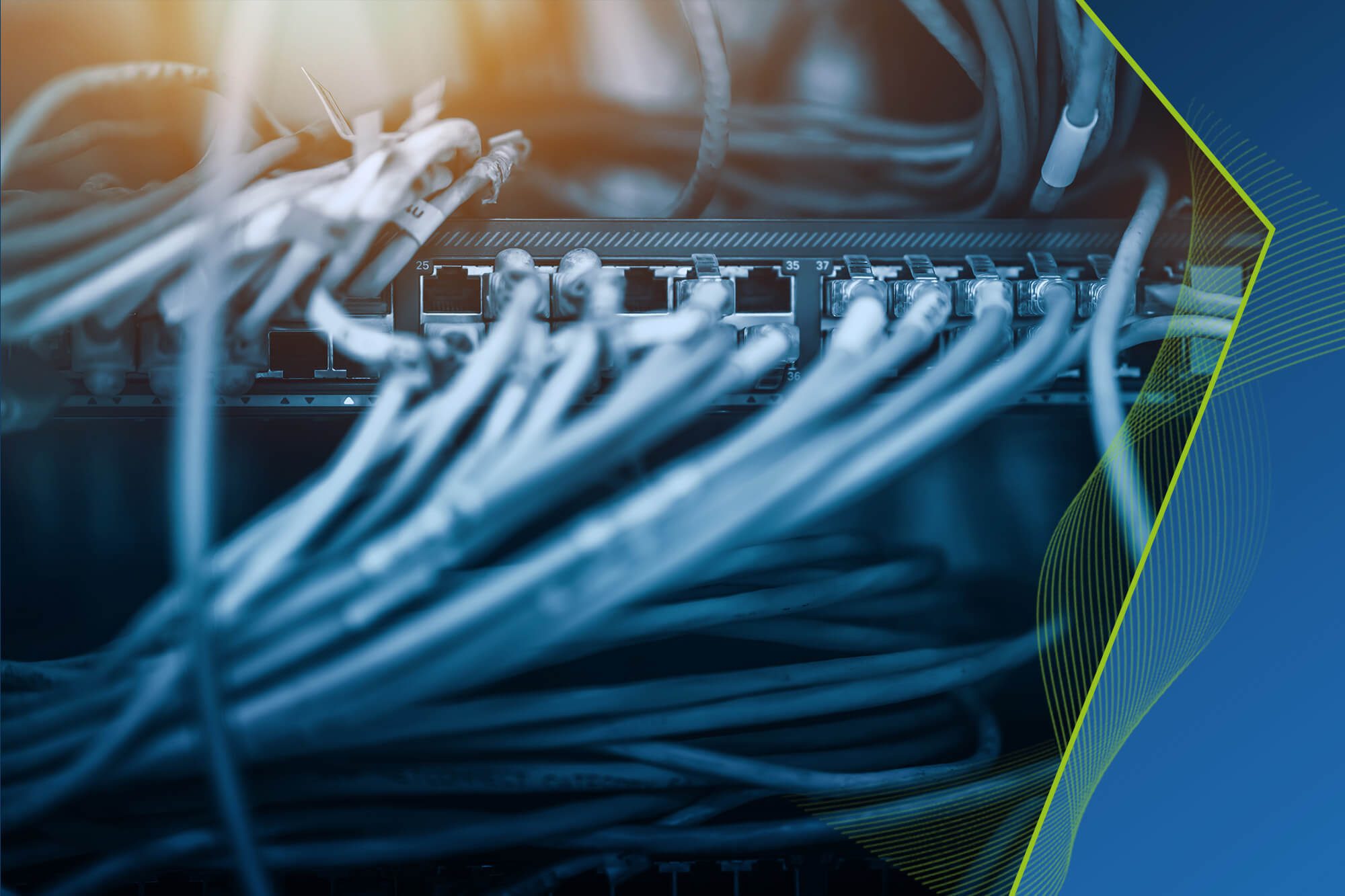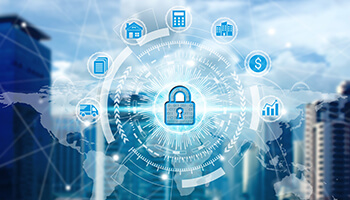
Data centers are becoming increasingly efficient in order to manage the vast amounts of data necessary to digital communications. Image source: Thedbz.com
With our increasingly connected, mobile lifestyle, it can be hard to remember that the internet is grounded in a physical four-walled space – the data center. The data center isn’t going anywhere, but it is shape-shifting and expanding into new structures. Ye olde colocation center housed in reinforced concrete is still standing, but the need for efficiency is driving upgrades in infrastructure. From hot swap techniques that allow for system updates without service interruption, to new means of keeping hardware cool in a ship, data centers may not look as familiar as they used to.
As the need for streaming data expands with cloud computing and new mobile devices, the data center continues to be the “engine” that powers digital communications. Businesses embracing today’s emerging technology need to understand some of the newest concepts that are hitting their data centers.
Hot Swaps
Hot swapping, also known as hot plugging, allows components to be removed and added on the fly. There’s no need for system shutdown, which is hardly an option given that today’s data infrastructure requires the ability to stay online at all times. Now you can update your system components without interrupting user activity.
Many of us in IT have been familiar with hot swapping since the advent of Plug and Play for Windows machines back in the 1990s. But the newest innovation in the datacenter encompasses swapping not just computing components, but also power and structural design too. This allows for greater flexibility and scalability for businesses than ever before.
Liquid Cooling
The whirring cooling fan has long been a major component of heat dissipation in computing technology, but is it the most effective? Perhaps not, but it has been the most cost effective. However, liquid cooling has made major strides in the past few years, and it’s becoming clear that water is the best method for removing heat from the process.
A company called Iceotope, for example, has built a system of servers that are fully immersed in water at the University of Leeds. This system is reportedly 20 percent more efficient that your standard fan-cooled system, and the lack of moving parts for this system is also a major plus as it means less chance of any mechanical failure.
Floating Data Centers
You want your mission-critical datacenter to be in a stable, consistent environment. So why would the treacherous ocean be a place to host a datacenter? It may not be as far-fetched as you might think. Google, which already has a datacenter in Europe that uses liquid seawater for cooling, has patent designs on seafaring datacenters, too.

A view of Google’s seawater-cooled data center in Finland. Next step? A data center in the ocean! Image source: Extremetech.com
It might not make sense at first blush, but the reality is that Google needs massive real estate (and water resources) in order to build a new datacenter. It needs a physical footprint and it also needs to cool and power servers. With liquid cooling and water turbines, it can possibly accomplish both with a flotilla of servers, and we can expect to see advancements in server farm innovations on the market.
Data Centers Now and In the Future
Every year, the amount of hardware that is sold for datacenter use approaches over $100 billion. Because of this physical investment, organizations are looking for a competitive edge for using their costly hardware more efficiently in the datacenter. This is why being on top of the latest and greatest in terms of emerging data center technology is key for any competitive business.
Does your data center partner let you make the most efficient use of your hardware assets? For all your data center questions, contact Mosaic NetworX for knowledgeable guidance today.






